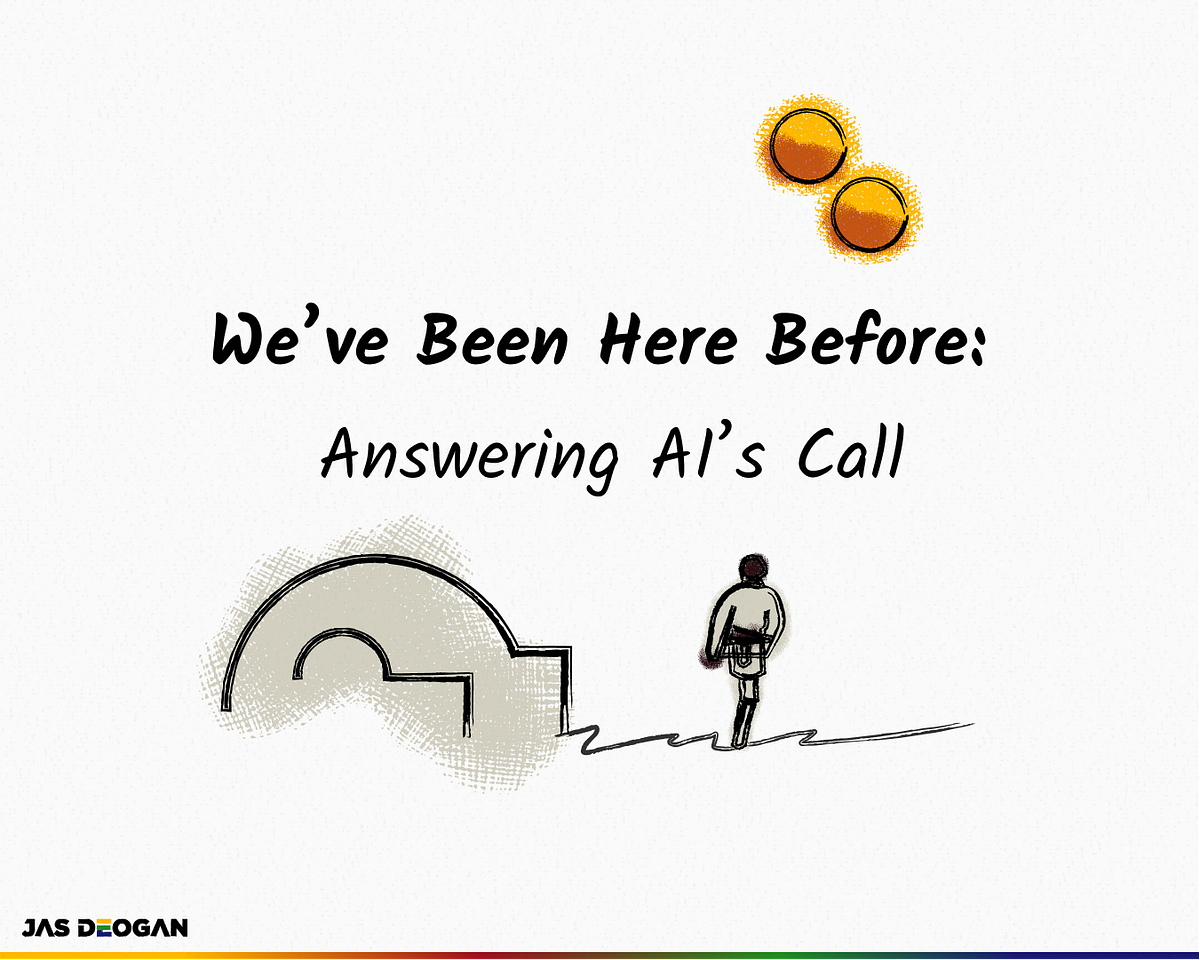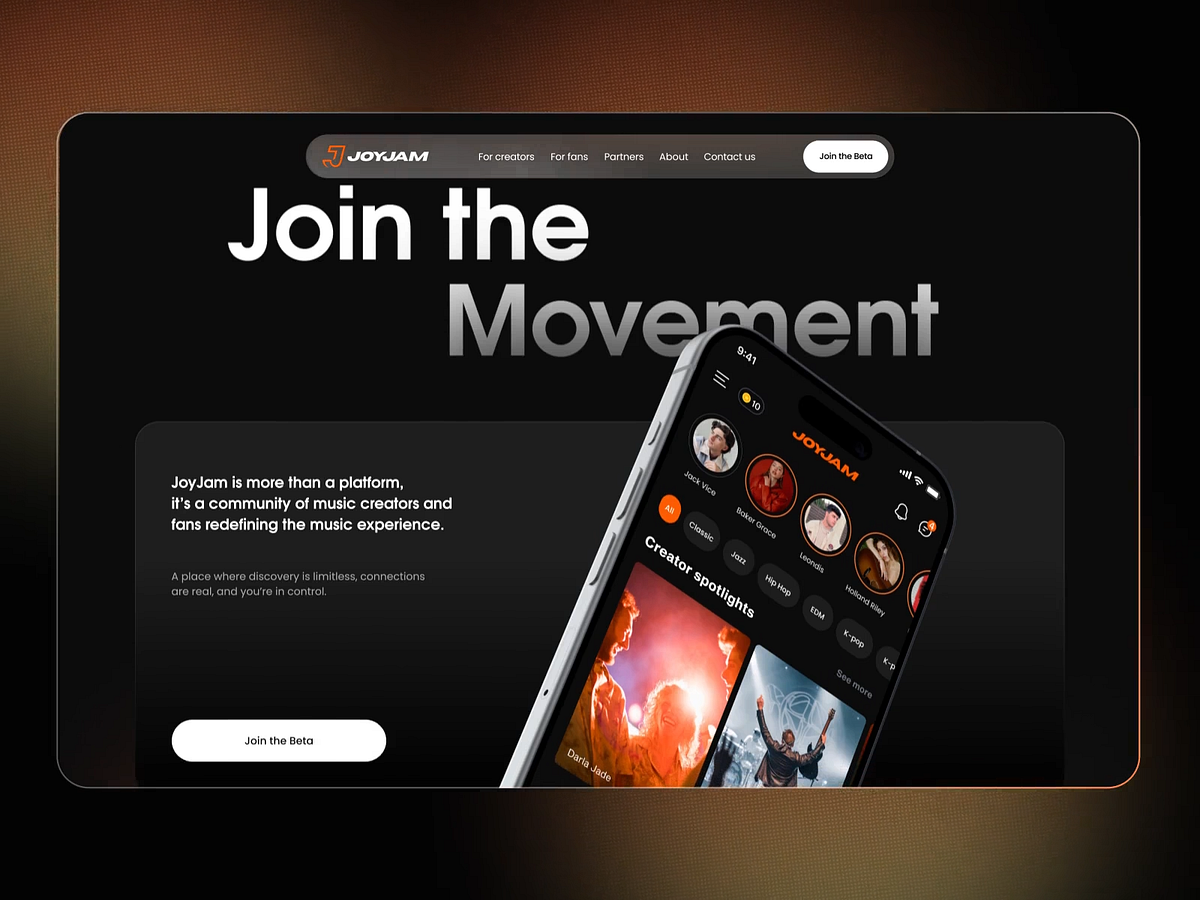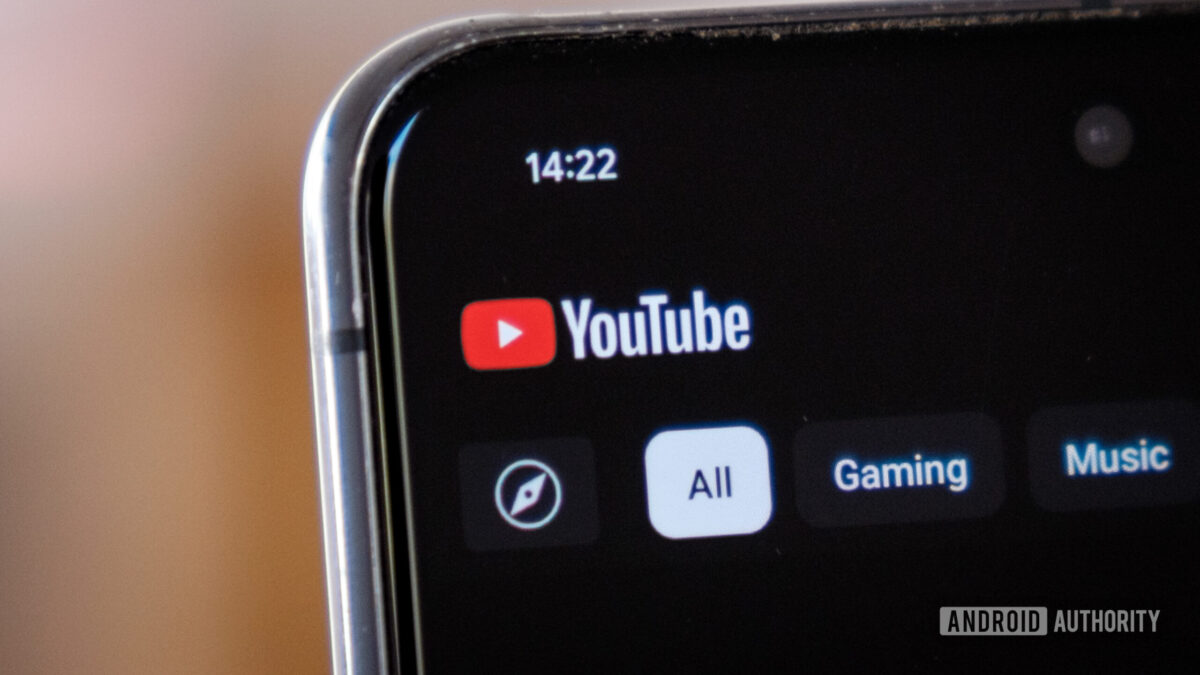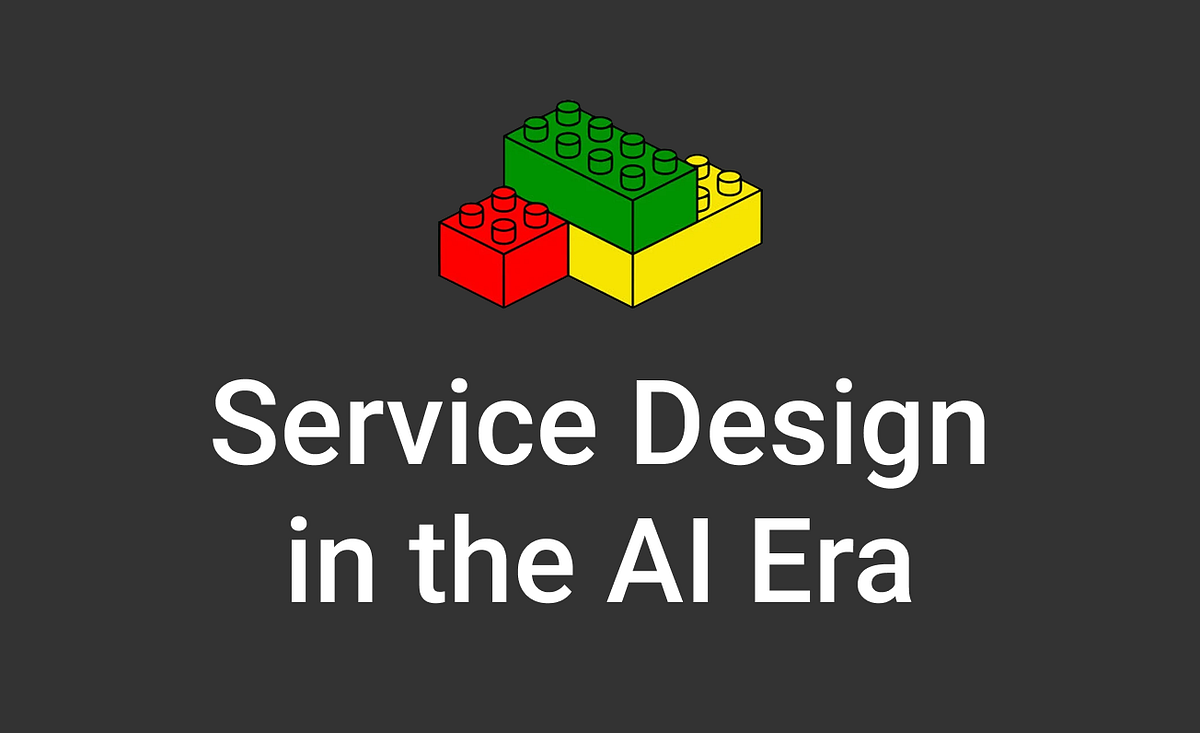fromMen's Journal
2 days agoFacebook is Changing to Look More Like Instagram - Why Meta's Plan Doesn't Fix The Real Problem
On December 9, 2025, Meta announced major changes that they have planned for Facebook in 2026. The most noteworthy way that Facebook is going to change is how its feed will look. The company is touting that the feed will look "smarter," "cleaner," and more "streamlined." A gif that was included as part of the article shows that the feed does look nicer and more like one of Meta's other platforms, Instagram.
Social media marketing


















